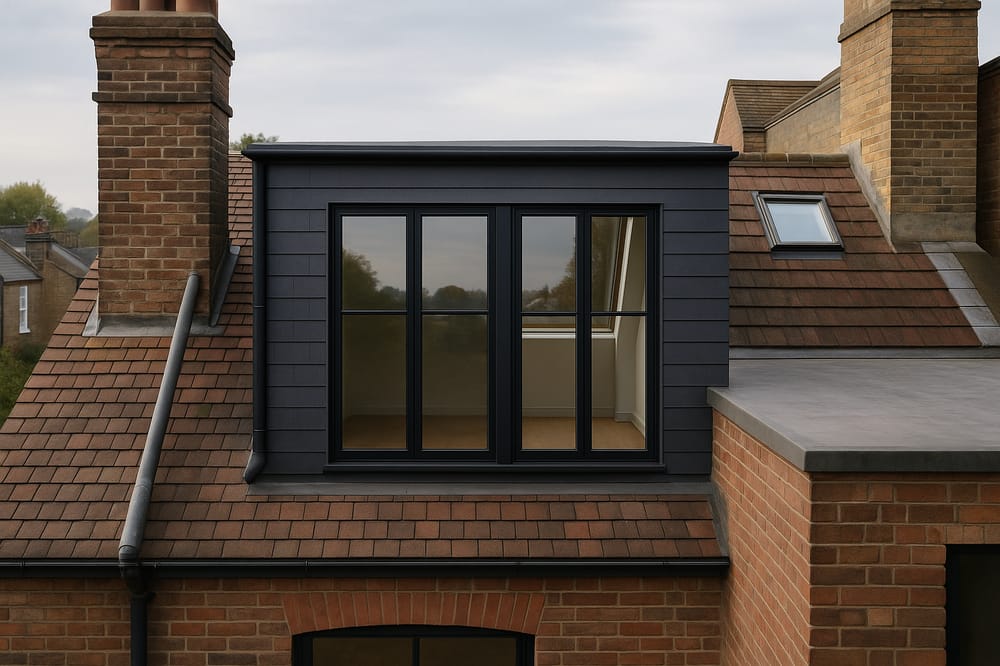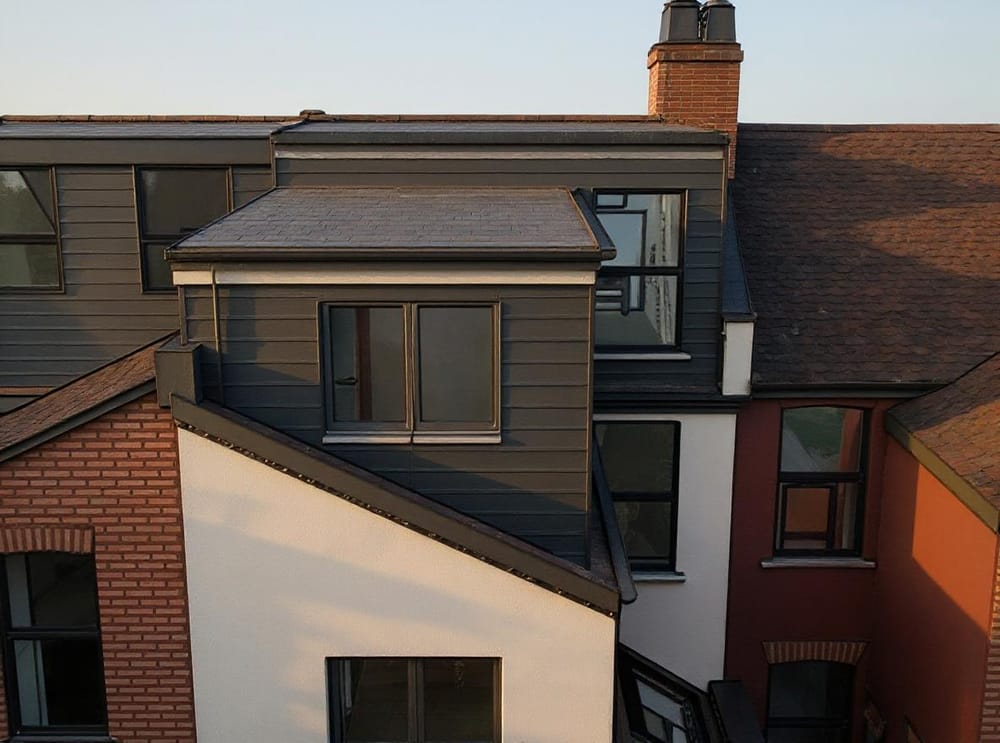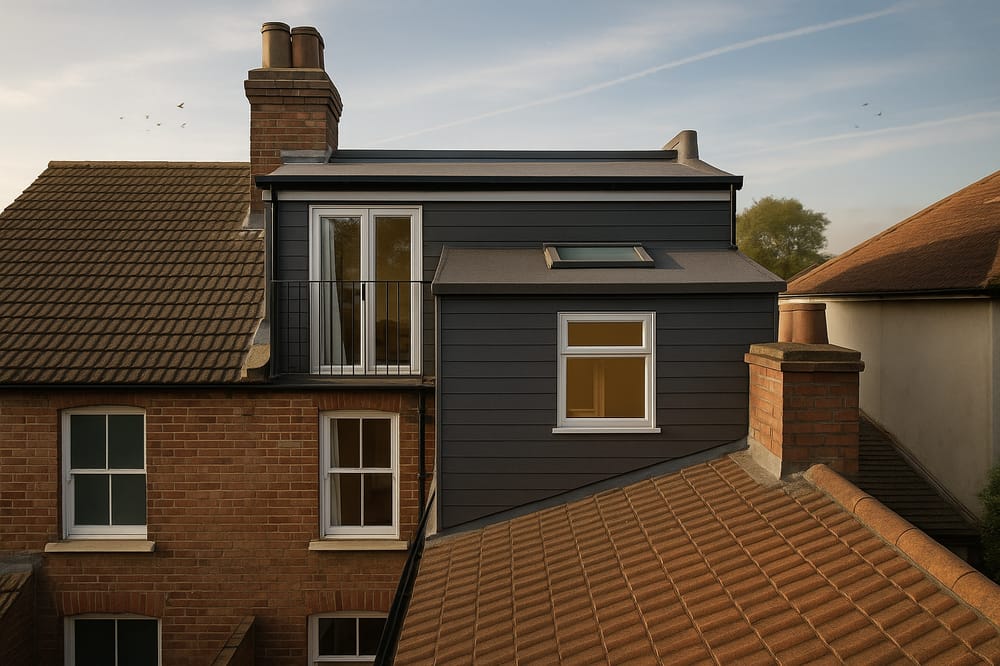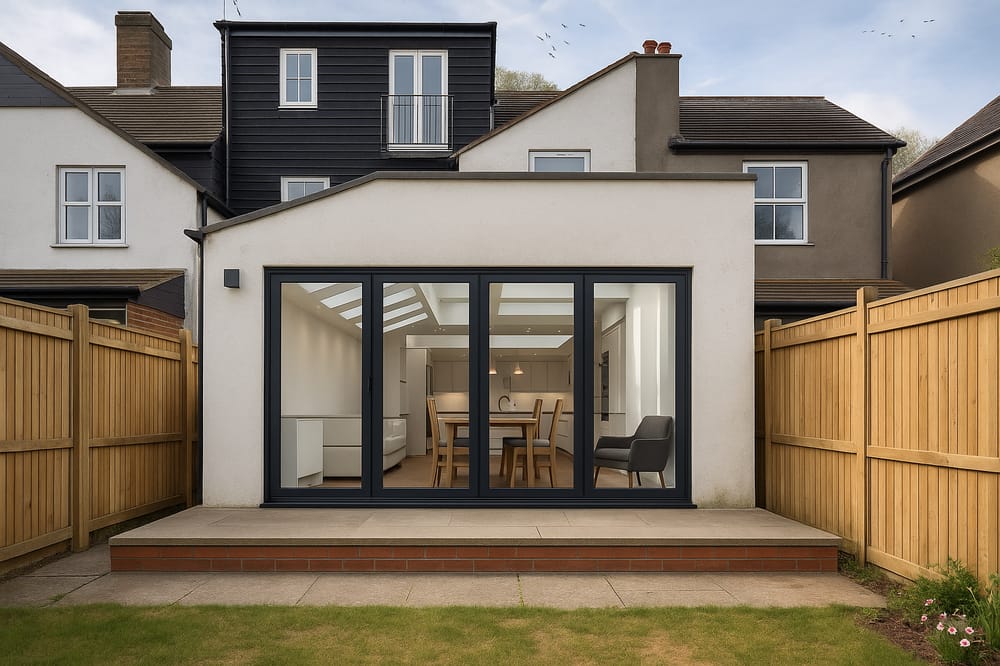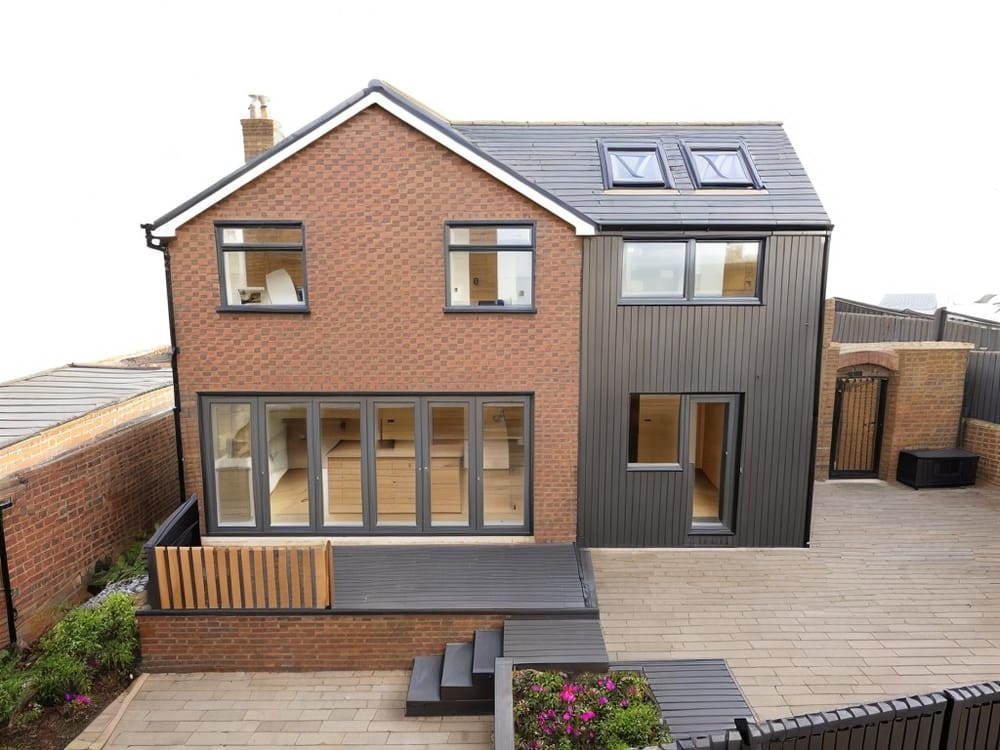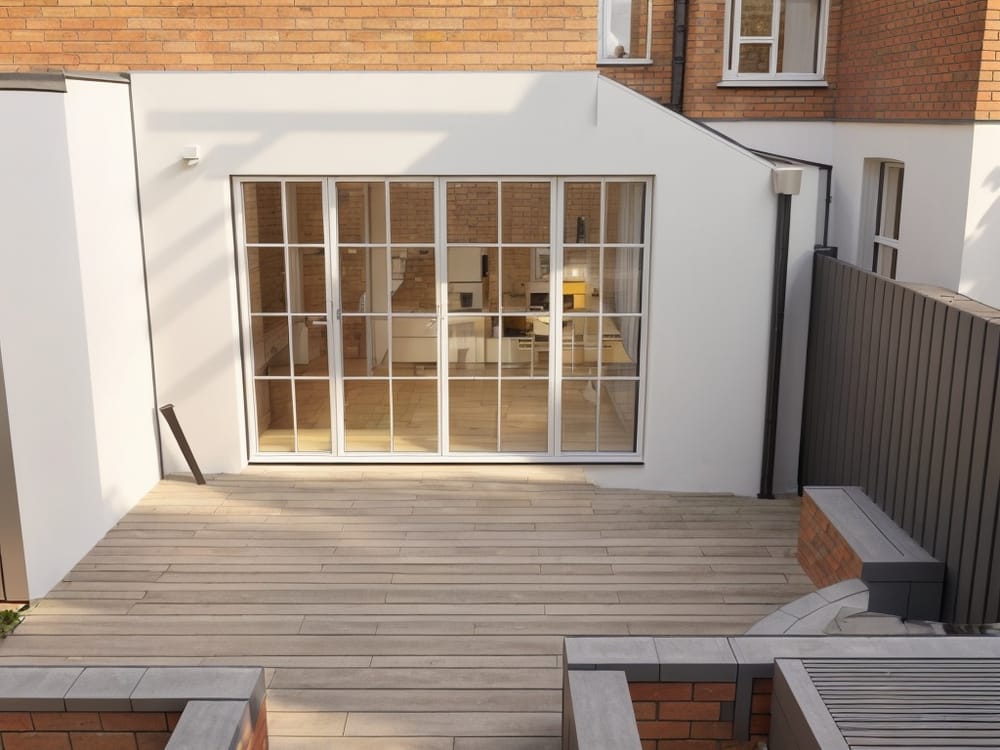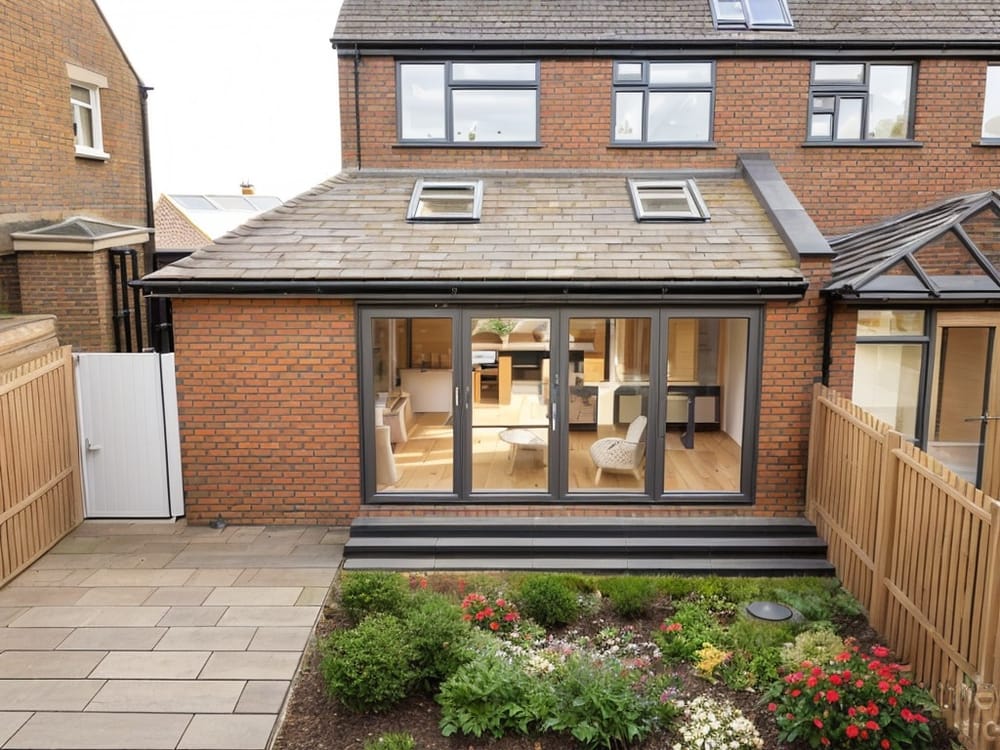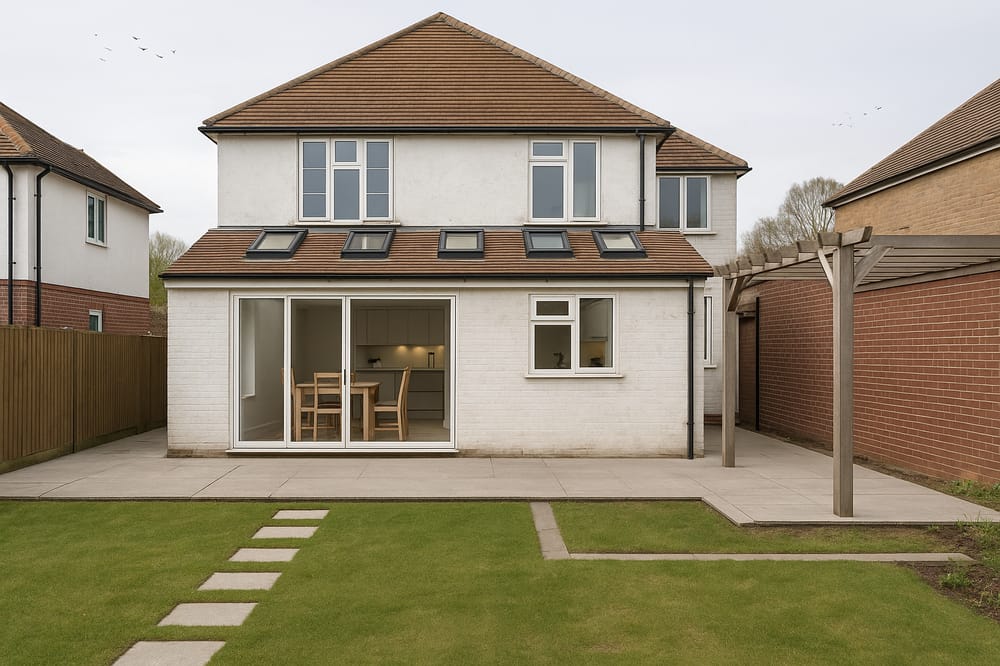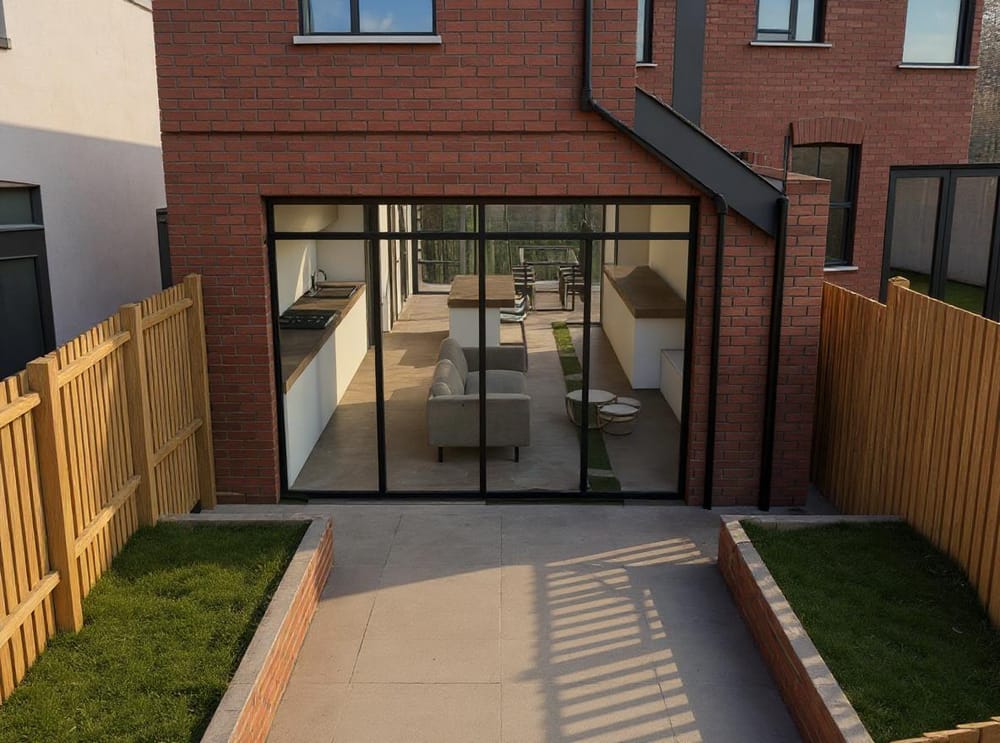You see them in films, perhaps in home magazines or as part of grand TV projects - the converted building. Once a church, now a home for four. Once a warehouse, now a set of trendy London flats.
If you’re looking to buy your own ‘fixer-upper’ outside of the residential box, then here’s our guide from taking commercial buildings and transforming them into a dream home…
How do I convert my commercial property to residential?
Want to get started on your build but not sure how to secure planning permission? Here are the main stages involved…
- Consult with an architect or your local authority
- Conduct a measured survey, if you don’t already have existing drawings
- Have an architect prepare your proposed designs and put together your planning package
- Optional: for larger projects, you may choose to submit a pre-application
- Submit either a full planning application or apply for either prior approval or a lawful development certificate
What is your property’s ‘use class’?
So you’ve found the ideal building to convert but what category does it fall into?
To sort Britain’s many buildings and their uses, local authorities sort them into ‘use classes’. They come in four classes: B, C, E, and F.
Class B: covers general industrial buildings (excluding those to do with waste or chemical treatment) and storage/distribution centres.
Class C: covers residential buildings, such as homes, hotels, and care facilities.
Class E: covers buildings related to commercial;, business, or service purposes, such as shops, nurseries, or administrative offices.
Class F: covers local community and learning centres, such as museums, public libraries, small shops that sell essential items, and meeting halls.
These classes come with their own detailed sub-categories, to get a full picture of what ‘use classes’ are about, see our full guide.
Please note: In September 2020, several use classes were revoked, including Class A, B, and D. Therefore, if you made any plans prior to this time, it might be worth checking in with an architect to learn about how the rules have changed.
Is your building ‘Sui Generis’?
If you know your latin, then you’ll know that sui generis means ‘in a class of its own’. In the context of planning, the term refers to buildings which are a use class in of themselves, and therefore fall outside of the defined classes we covered above.
For these buildings, you’ll need to consult an architect to figure out your planning options.
Sui Generis buildings include: nightclubs, cinemas, casinos, pubs, dance halls, music venues, fuel stations, launderettes, hostels, betting shops, plus much more.
See our full guide for more details or book a consultation with our team.
Do you need planning permission to change from commercial to residential?
Probably, but not a full planning application, if it comes under your permitted development rights.
While there are some exceptions, most projects concerning use classes will require planning permission. Even those benefiting from permitted development rights will need to undergo prior approval. Therefore, if you are changing a commercial property into residential, we recommend talking to an expert before you commit to anything.
The following commercial properties can be converted into a residential home (technically called a C3 ‘dwelling house’ in legislation).
- Any building in Class E, such as retail shops, restaurants, fitness centres, nurseries, and offices.
- Agricultural buildings
- Amusement centres
- Betting offices
- Casinos
- Takeaway shops
- Launderettes
- Payday loan shops
- Pubs
Some of these projects will need to undergo prior approval before building commences. However, even if your project doesn’t require prior approval, you should still obtain a lawful development certificate to prove it was legal at the point of construction.
Permitted development: what to bear in mind
Your permitted development rights will help remove subjectivity from your application, as your council will have to approve any project that meets the criteria. However, the specifications involved are complex, so it is important to have an experienced professional by your side to help your project measure up.
Your project will not only need to consider the type of commercial project you wish to convert, but also you’ll need to find out if the land or the building itself are designated/protected. Local authorities can also block permitted development rights in certain areas.
Converting a listed building
If the property you have an eye on is listed, beware that this comes with its own planning challenges.
Not only will you need planning permission, but your local authority will also be more strict on what you can or can’t do. They might insist on more expensive materials and insist on a continuation of style in the design.
Homes with conservation areas might face the same scrutiny and are likewise not covered by permitted development rights.
Get free advice
Whether you’ve already purchased a commercial property or you’re on the hunt for one, the best thing you can do is talk to an expert.
At Resi, we provide complimentary consultations upfront, so you can understand the ins and outs of any potential project from the start. Our team provides expert advice on:
- Design
- Planning
- Building regulations
- Budgeting
- Timings
- And construction
So, if you’re looking for a helping hand, book your free consultation here.


